Discover the world of modern and contemporary art from Africa and its diaspora with Pavillon 54's magazine. Engage in enlightening articles, captivating interviews, comprehensive editorial coverage, enriching videos, and stimulating experiences. Join our community to stay informed, learn, and actively participate in the dynamic landscape of African art.
-
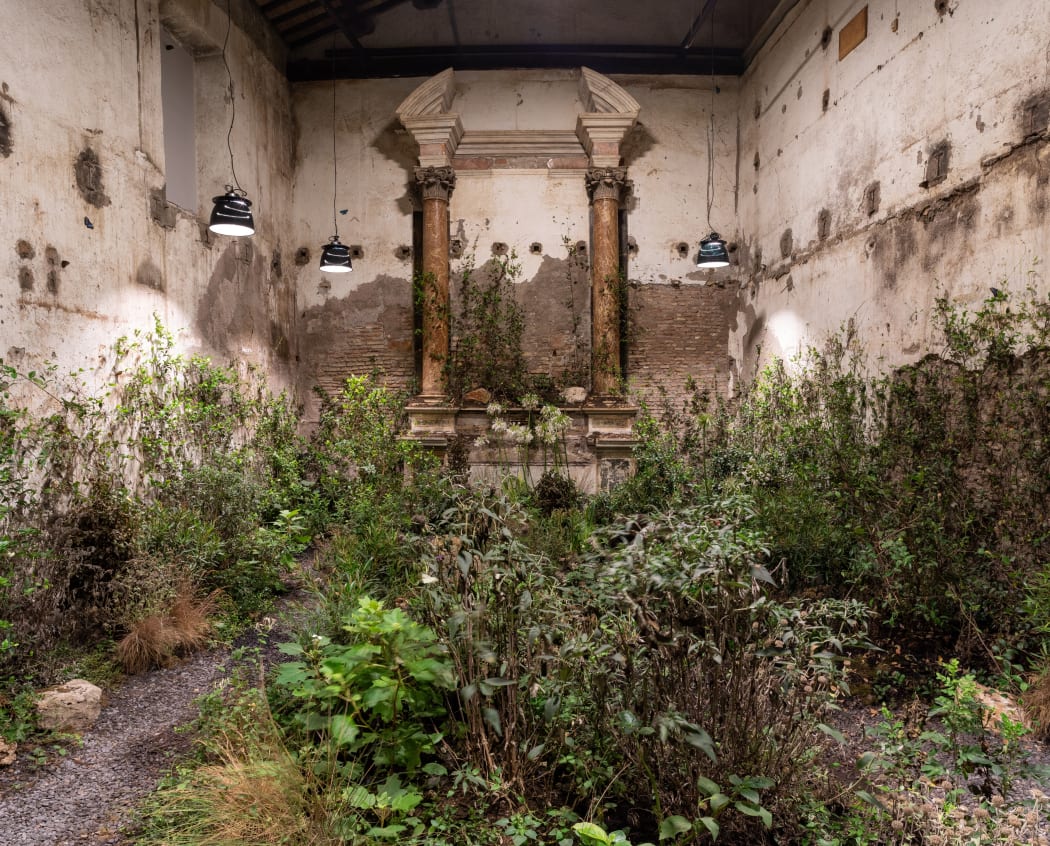
In the investigation of identity and reconciliation of forgotten histories to the present, the concept of a place is significant to the African art narrative. As an active observer of their immediate environment, an artist is in constant dialogue with a place, physical or non-physical.
There’s more emphasis on what the place means to an African artist in their practice, and this exploration could be political, social or metaphysical as they examine identity, culture, history and the complex relationships between people and their environment. From time to time, African artists have reimagined varied immersive spaces to interrogate diverse topics that affect society. In all, they are questioning and redefining the notion of place in the context of a rapidly changing world.
-
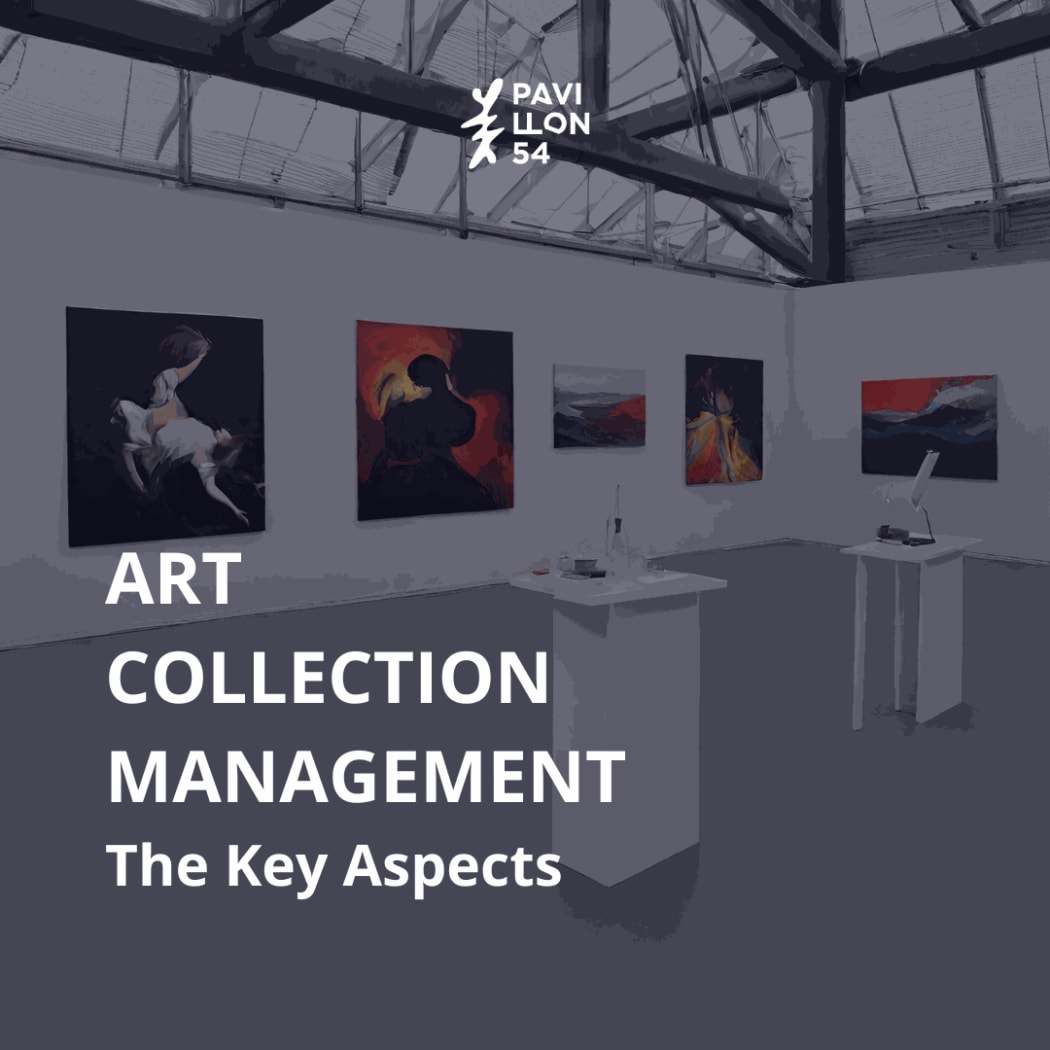 Art collection management is a multifaceted discipline that requires a combination of art expertise, organisational skills, and the use of specialised tools to ensure the longevity and cultural significance of the artworks within a collection. It is an important aspect of managing both private and public collections for a number of reasons. In this short article we explain the key aspects and reasons collection management is vital.
Art collection management is a multifaceted discipline that requires a combination of art expertise, organisational skills, and the use of specialised tools to ensure the longevity and cultural significance of the artworks within a collection. It is an important aspect of managing both private and public collections for a number of reasons. In this short article we explain the key aspects and reasons collection management is vital. -
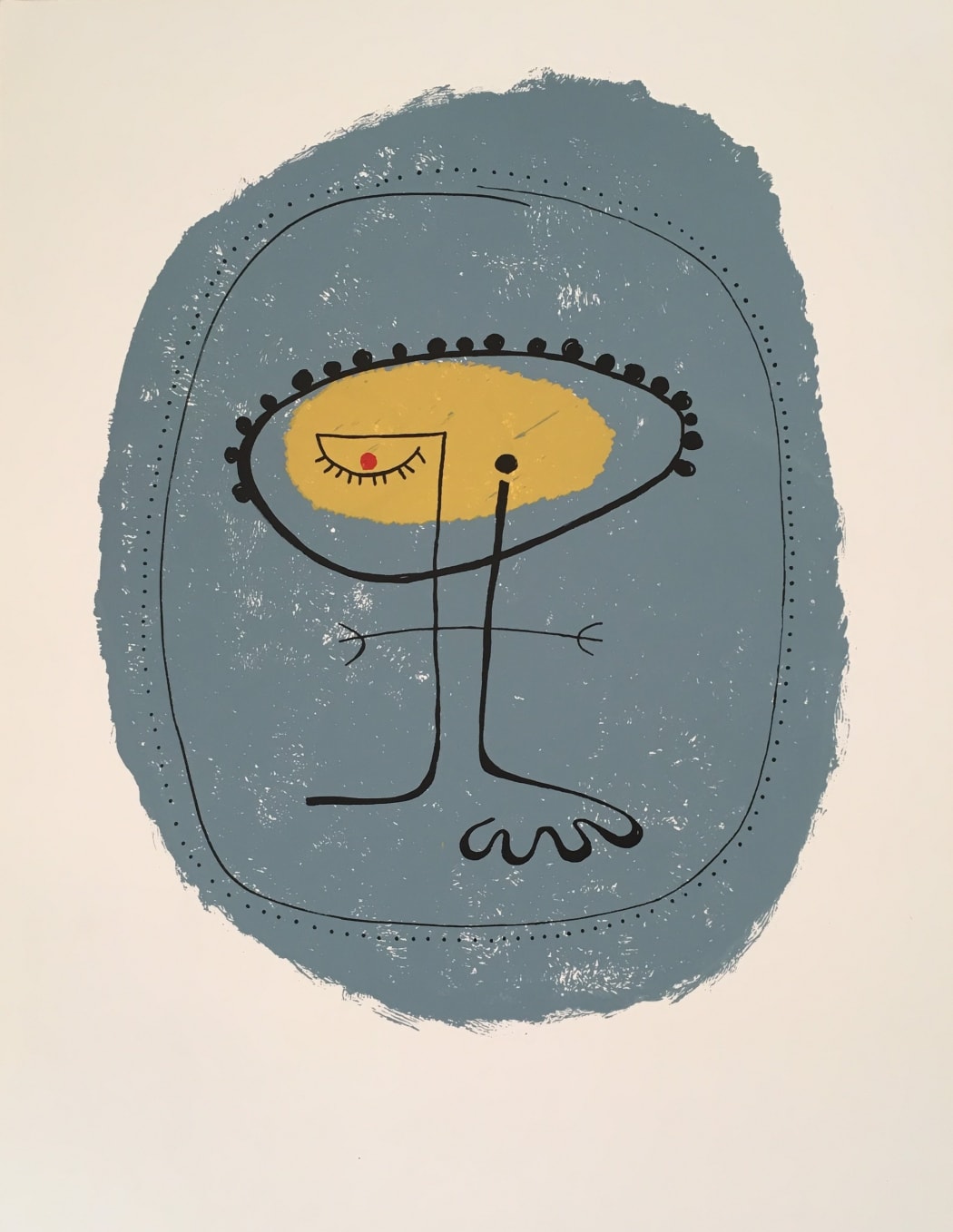 Victor Ekpuk The dancer, 2006 Lithograph on paper
Victor Ekpuk The dancer, 2006 Lithograph on paperAbstract African Art
A little more about abstraction in art from Africa and its diasporaThis article will explore the complexity involved in understanding abstract art from the continent and its diaspora and will give examples of artists who work well in this arena.
The influence of European colonialism played a significant role in shaping artistic perspectives in Africa and the diaspora. Traditional art forms, often characterised by figurative and symbolic representations, were sometimes marginalised in favour of Western artistic styles.
-
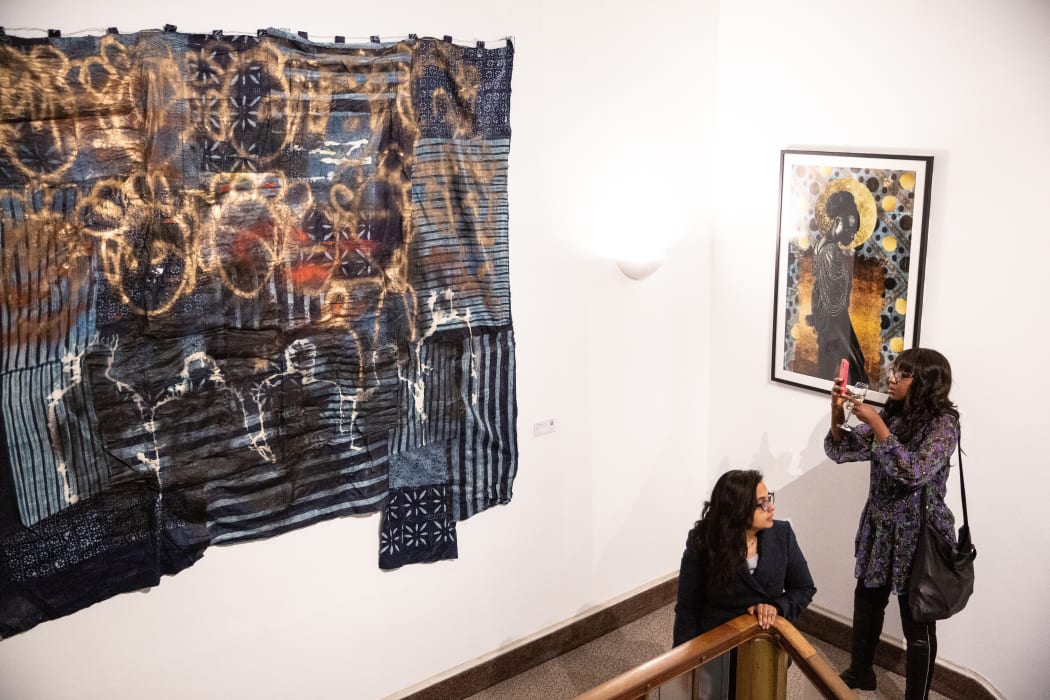
Black beauty, pride and excellence: A Tale of Reappropriation is all about representations of black culture and community. The product of a true collaboration between the Black in Business club at London Business School and Pavillon 54 from conception to the desinstallation. It’s no secret that during the course of history, Africans have been dehumanised and that the project of re-humanising the life and world of African societies remains an urgent task. The exhibition took a strong focus on finding more complex ways to critically engage with Black identities.
-

As Pride Month comes to a close, Pavillon54 highlights five key artists from Africa and the Diaspora who are defying cultural and societal expectations and furthering a progressive, forward-thinking and revolutionary African art movement. Through photography, performance, painting or sculpture—whichever weapon of choice the artists’ choose—each of their practices are dedicated to fighting stereotypes and discrimination against the queer communities in their respective countries, and the world more broadly. Read on to discover the methods in which these artists and activists use art to bring to light the pain, vulnerability, strength and beauty of queer individuals in Africa and beyond.
-

Through yet another unusual year after COVID-19 has been introduced into our lives in 2021, the art market as a whole has experienced incredible innovation and a steady comeback after the events of 2020. But how does the impact of artists from Africa and the diaspora fit into this narrative? Pavillon54 provides a breakdown of this year’s major events, and what we can look forward to for the second half of 2022.
-

If you are new to the world of collecting art, you may already know that the two primary means of acquiring art are through galleries and auction houses. Perhaps you know a couple of the famous, international names: Sotheby’s, Christie’s… But entering the auction house arena can be an intimidating feat, especially for new collectors. Pavillon54 breaks down 6 ways to ease yourself into the auction market, and what tips and tricks to know.
-
 Saint-Etienne Yeanzi's Studio, 2021.
Saint-Etienne Yeanzi's Studio, 2021.Pavillon 54 had the chance to have a chat with Saint-Etienne Yeanzi. born in 1988, he graduated in painting and photography at the “ Lycée d'Enseignement Artistique “of Cocody and the National School of Arts in Abidjan, in 2012.
Yéanzi, a street art enthusiast, worked as a commissioned portrait painter for ten years. Since 2013, he has been pursuing personal work using melt plastic material. As many other African artists, he doesn’t create such pieces with the intention of becoming ‘Environmental’ artists, but rather, he uses the materials around him as a part of his existing culture and makes a more poignant statement about the effects of capitalism, as well as Western colonialism and consumerism on the African continent. Watch the video of the interview.
-
 Chéri Samba’s ‘Réorganisation’ (2002), depicting a tug of war on the museum steps © RMCA
Chéri Samba’s ‘Réorganisation’ (2002), depicting a tug of war on the museum steps © RMCAZaire School of Popular Painting
African Modern and Contemporary Art movements: an insight.The influence of colonialism on African art was, for many years, an obstacle to an interpretation of the continent's own history of art. In this series we want to talk about the independent creative expressions framed in each of Africa's national cultures, histories and social-political contexts, with their own styles and artistic movements.
-
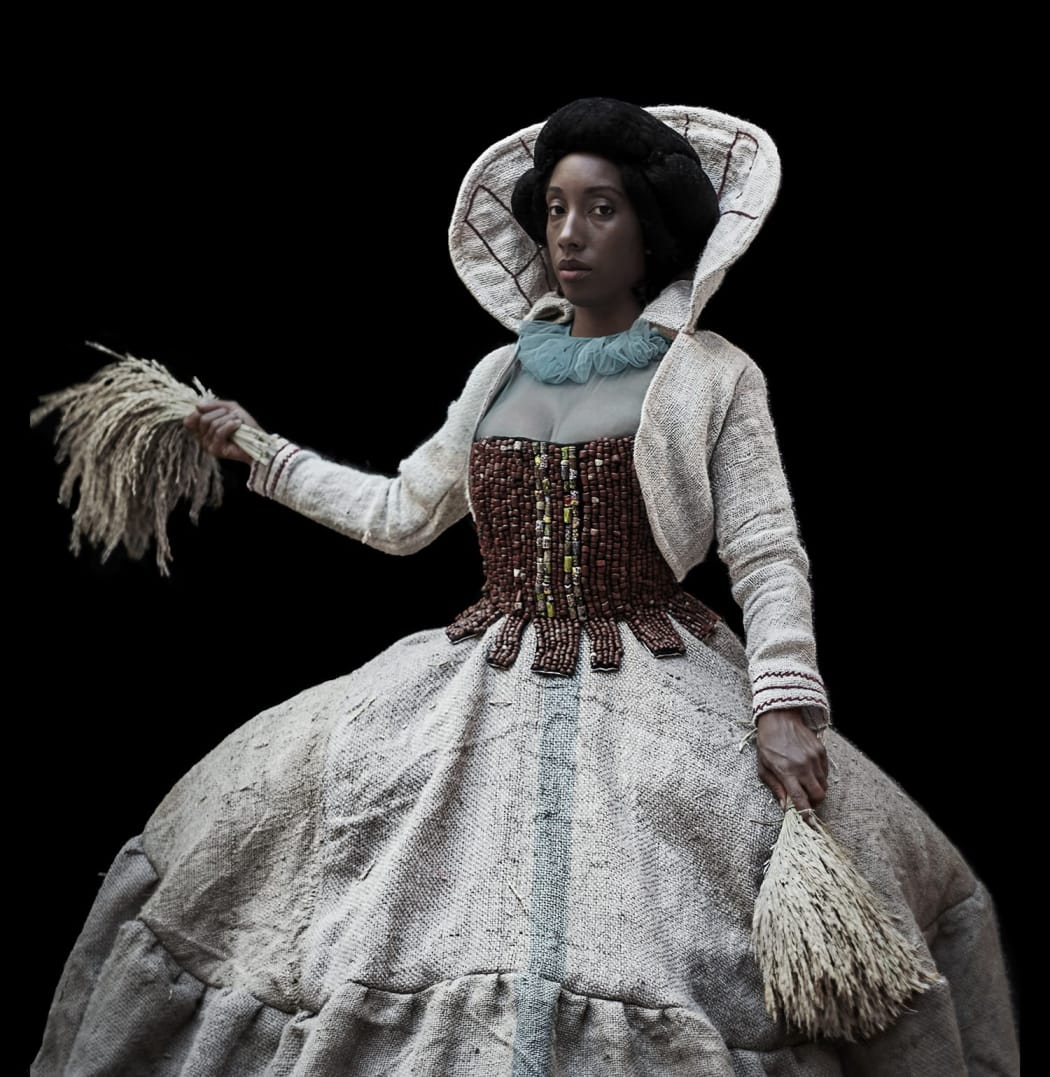 Ayana V. Jackson 'Black Rice' (2019)
Ayana V. Jackson 'Black Rice' (2019)What does the notion of ‘contemporary African art’ refer to today? We have previously published an article on the subject, but now we invite you to consider it from a socio-cultural and collective perspective. What is at stake when we frame or understand contemporary art practices within this concept? Undergoing relevant criticism, this notion still identifies a broad set of practices that have in common their concern to transcend the (danger of a) single story about ‘Africa’ so ingrained in popular culture, and to amend art history canons. Contemporary African art has always been a matter of its time, running parallel with the emancipation drive/calls of a post-colonial generation, refusing to be defined by the weight of the colonial legacy or understood through colonial readings. As such, it is in constant evolution and reflects the hopes and scenarios of a creative community that relates to Africa and its diaspora.
-
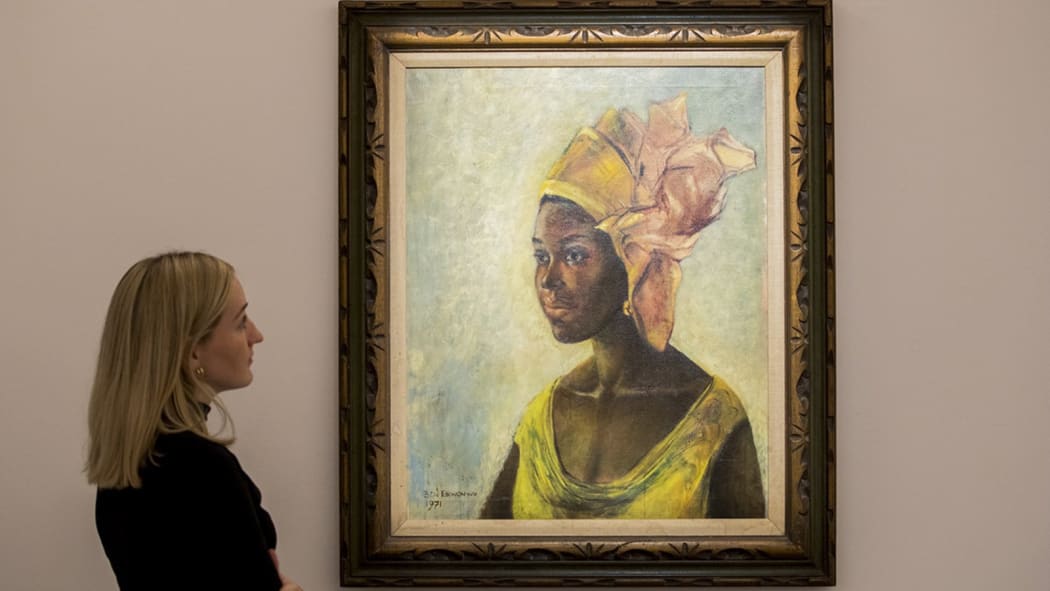 Ben Enwonwu's 'Christine' on view at Sotheby's on October 12, 2019, in London, England. Tristan Fewings/Getty Images for Sotheby's
Ben Enwonwu's 'Christine' on view at Sotheby's on October 12, 2019, in London, England. Tristan Fewings/Getty Images for Sotheby's7 Established Nigerian Artists You Should Know
Art scene in Nigeria - Country FocusTo navigate the history of art of a complex, multifaceted and multicultural continent as Africa, especially if you just got passionate about it, can seem like an overwhelming maze. But no worries, we are here to help you. Follow our series of “Artists you should know or watch” in each country, and you could soon almost sound like an expert!
In the past decade, Nigeria's art scene has gained independence and global recognition and has flourished, leading to a renewed interest in modern and contemporary art in the country. Here we list just 7 of Nigeria's most influential artists that one should know, this list is not exhaustive and could probably include many more artists. But we hope it will inspire you to research more about this lively and booming art scene!
-
 Ramesh Shukla's 50 Years United at Art Dubai 2021, Courtesy of Art Dubai.
Ramesh Shukla's 50 Years United at Art Dubai 2021, Courtesy of Art Dubai.Art world professionals and connoisseurs wait with bated breath for the annual Art Basel x UBS Art Market report each year. This report, one of the most comprehensive in the industry, provides a full assessment of the market’s performance of the previous year, allowing businesses to analyse the current state of the market, and plan accordingly for the years ahead.
But with such an in-depth document, which covers statistics from art dealer sales, auction house performance, art fairs, online sales and more, it can be time-consuming to read the full report and extract the most essential information. We’ve summarised the key takeaways from the Art Market Report 2021, and have also highlighted some of the key impacts on the African art market from the year 2020.
-
 One of the galleries open on First Thursday, downtown Cape Town © travel.sapeople
One of the galleries open on First Thursday, downtown Cape Town © travel.sapeopleOne of Pavillon 54’s favourite things to do is to physically visit and scope out the artistic scene in various countries in Africa. This has been hard to achieve during the pandemic, however we fortunately managed to visit South Africa recently, and have already compiled a list of the 7 emerging artists to watch there. In this next instalment of our series on the art scene in South Africa, we highlight the 7 top art destinations in South Africa that every art lover has to experience.
-
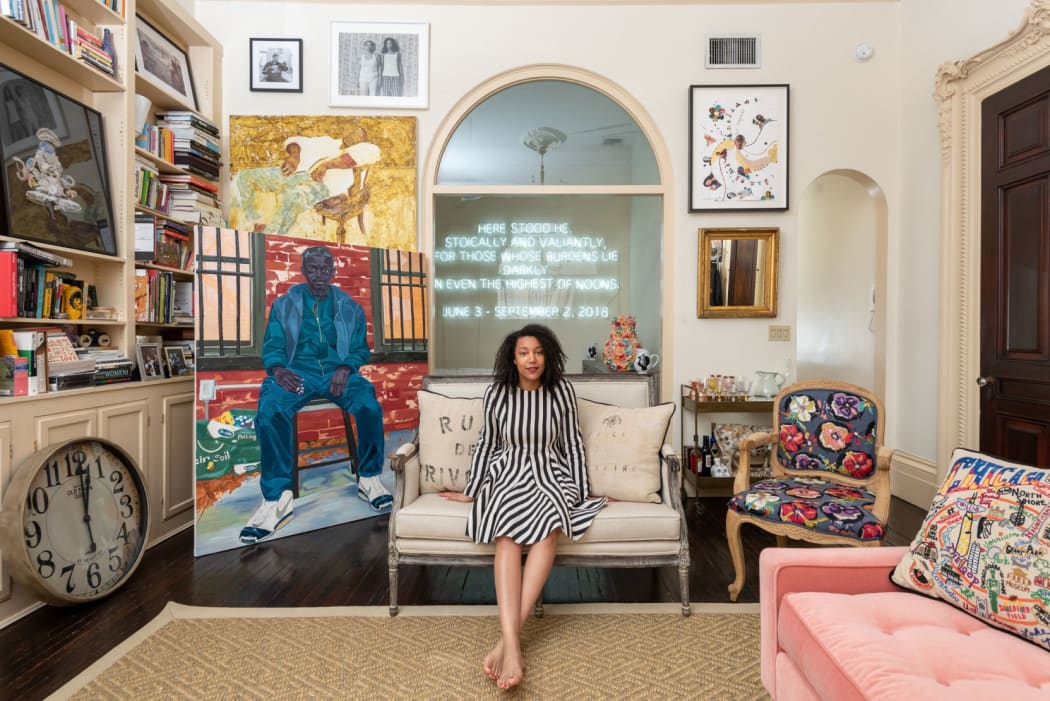 Victoria Rogers for CULTURED MAGAZINE [1] © CHRIS WAGGONER
Victoria Rogers for CULTURED MAGAZINE [1] © CHRIS WAGGONEROne of the biggest misconceptions about collecting art is that you must be very wealthy to do so. However, this is simply not the case, as there are plenty of emerging artists and art markets to invest in at affordable prices. Art from Africa and its diaspora is one such example, as its market is still developing rapidly. Collectors can obtain artworks of great quality and investment value at lower prices, and therefore not only contribute to the growth of an incredible movement of artists, but also add an artwork to their collections that is expected to grow in value.
But diving into the art world and the art market can be a mammoth task. What are the best ways to begin your forays into the art world without breaking the bank, and where can you start? We list some of our top tips for starting an art collection on a budget.
-
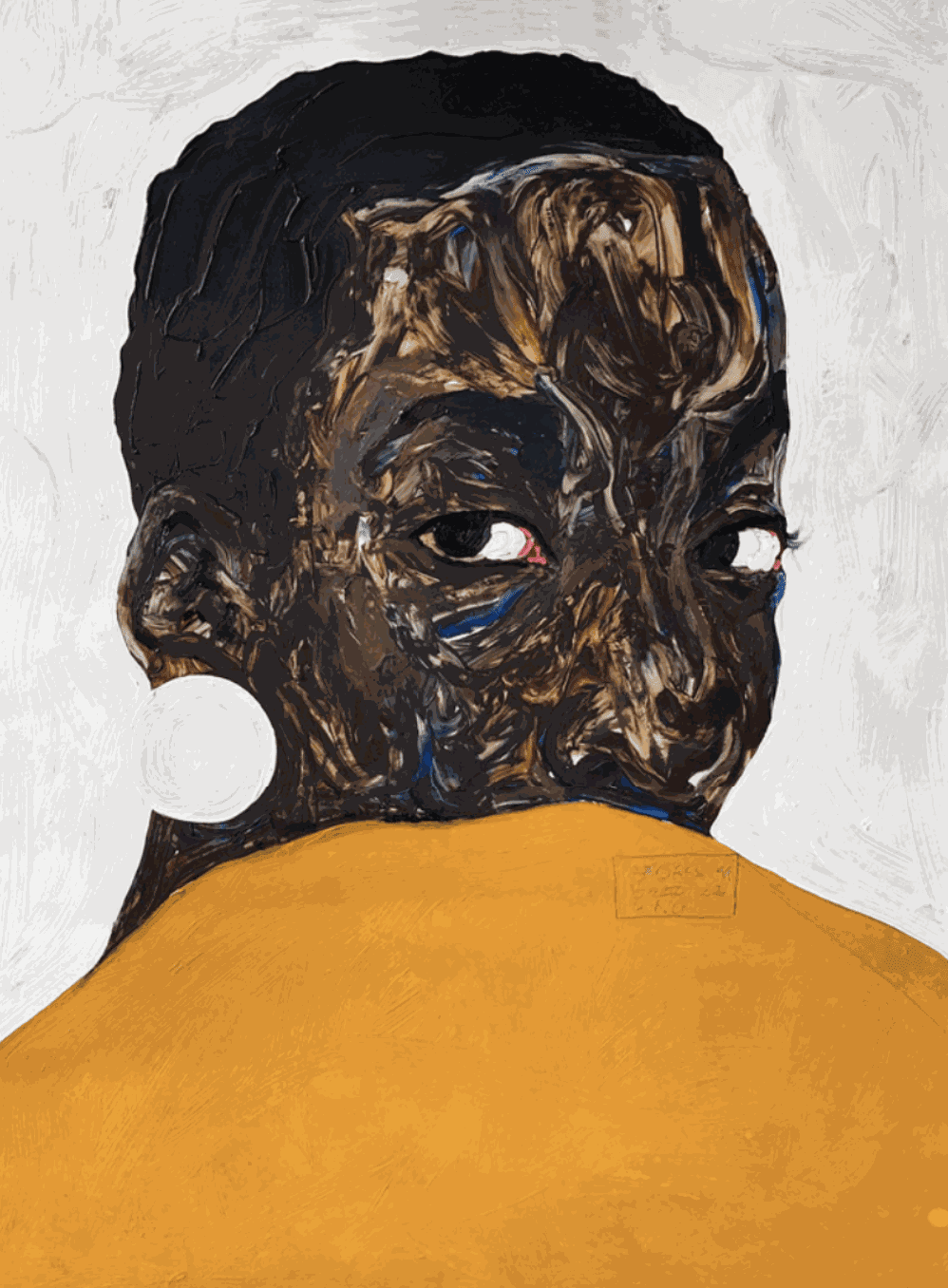 Amoako Boafo's Aurore Iradukunda, 2020
Amoako Boafo's Aurore Iradukunda, 2020Art Styles
An Introduction to Popular African ArtArt historians and artists of African descent have long highlighted the platitudes of the term ‘African art’. Typically, in the canon of art history, African art has been reduced to masks, votive figures, weapons or tapestries. However, curators, African art historians, and creators have been fighting against this one-dimensional view of African cultural output, in the aims of presenting a diverse and rich African arts scene, as variegated and unique as there are as many countries on the continent.
Here at Pavillon54, one of our main missions is also to educate and promote the incredible assortment of artistic styles and techniques that can be found in modern and contemporary African art. We’ve highlighted seven popular art styles that are worldwide and universal, already well-integrated in the art historical canon, but here we are presenting it with a unique African twist. How have modern and contemporary African artists contributed to these popular artistic movements, and who are the key players? Read on to discover more!
-
 The 99 Series, Part 7, 2013 © Aida Muluneh
The 99 Series, Part 7, 2013 © Aida MulunehThe term ‘print’ can often give the impression of a cheap, mass-produced printed piece of paper that doesn’t have much value. However, did you know that some of the most expensive prints by Edvard Munch and Pablo Picasso have exceeded a value of millions of pounds? This misunderstood medium has great value in the art market, but when you begin to collect photography or artist prints, there is essential information that should be kept in mind, in order to understand the long-term value of the artwork. There is a lot of specific terminology and factors that may be encountered when trying to acquire such a work, such as ‘limited edition’, an extension to an edition, the number of works in the series, and what this can mean for the value of these prints. Here at Pavillon54, we represent some incredible African photographers and work only with limited edition prints. So, what does this mean for a collector when acquiring a limited-edition print via Pavillon54?
-
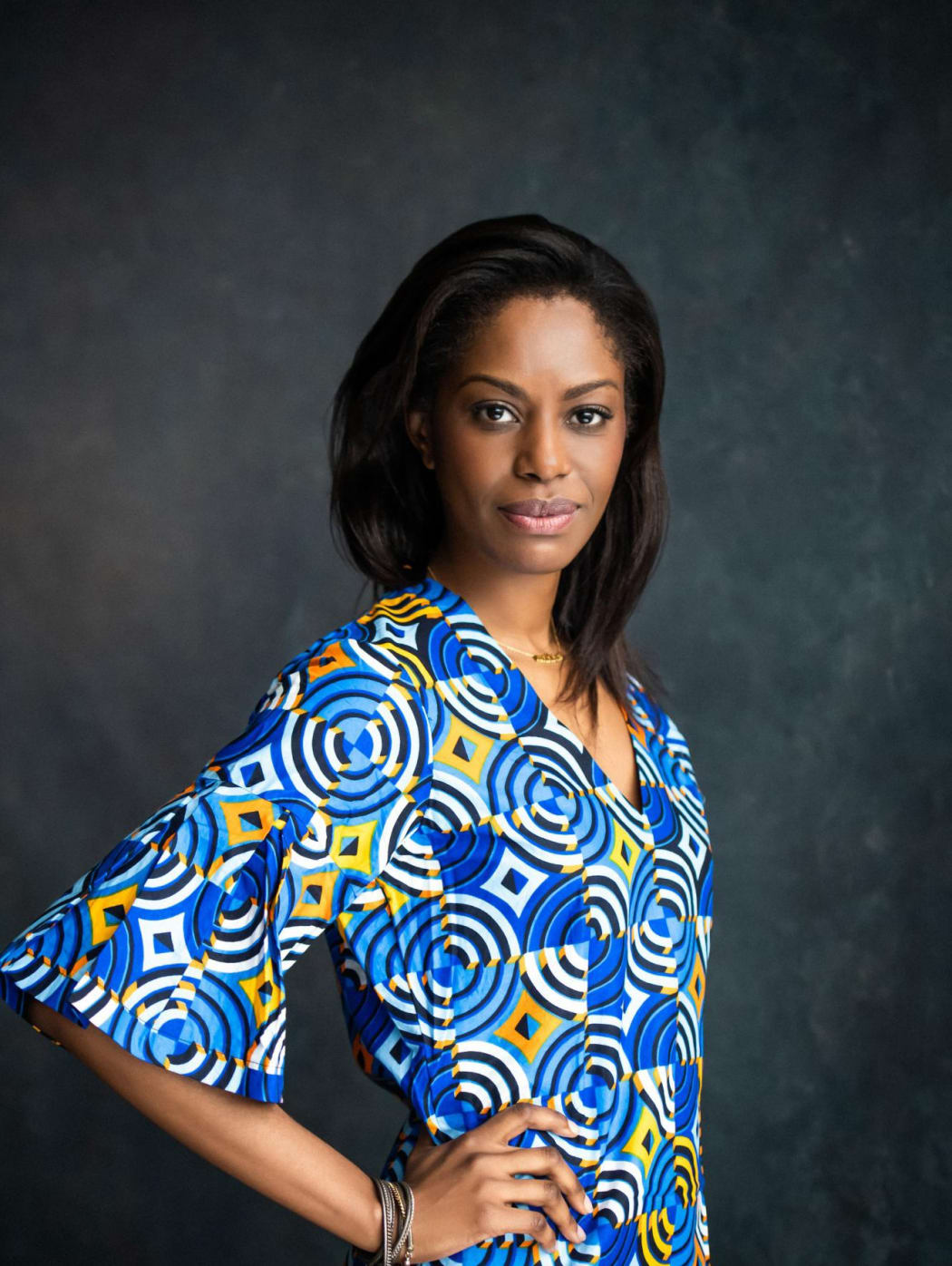 Dana Endundo Ferreira, CEO & Founder @ Pavillon54
Dana Endundo Ferreira, CEO & Founder @ Pavillon54Why Pavillon 54?
A word from Dana Endundo Ferreira, Founder of Pavillon 54, about building the global technology platform for African creativityA word from Dana Endundo Ferreira, Founder of Pavillon 54, about building the global technology platform for African creativity
-
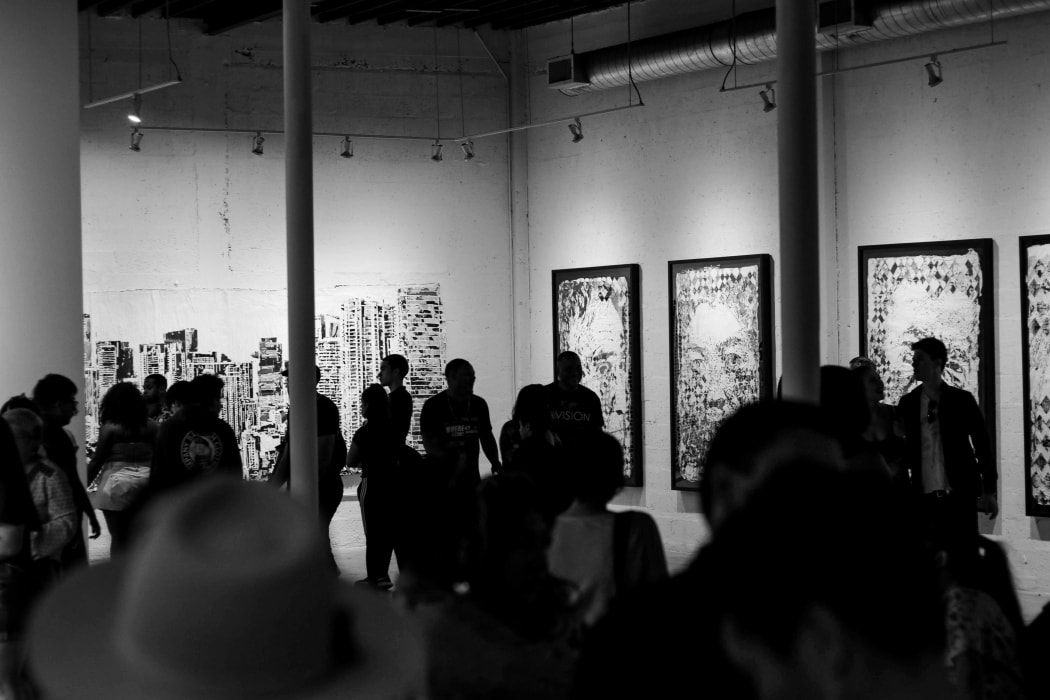
What to know when buying art?
5 Questions to Ask Yourself when Buying ArtThe possibilities of buying art grow ever more abundant. Indeed, these days, the dual-swoop of new, innovative digital art galleries and the increasing trend in the wealthy investing in art means that the art market is booming, particularly online. Among those using online platforms are wealthy millennials, many of whom are first-time buyers. If you count yourself among those who are interested in acquiring art for the first time, there are a few important questions to ask yourself before you make that big purchase. Below we’ve listed what to know when buying art, including some of the most important factors to consider.
